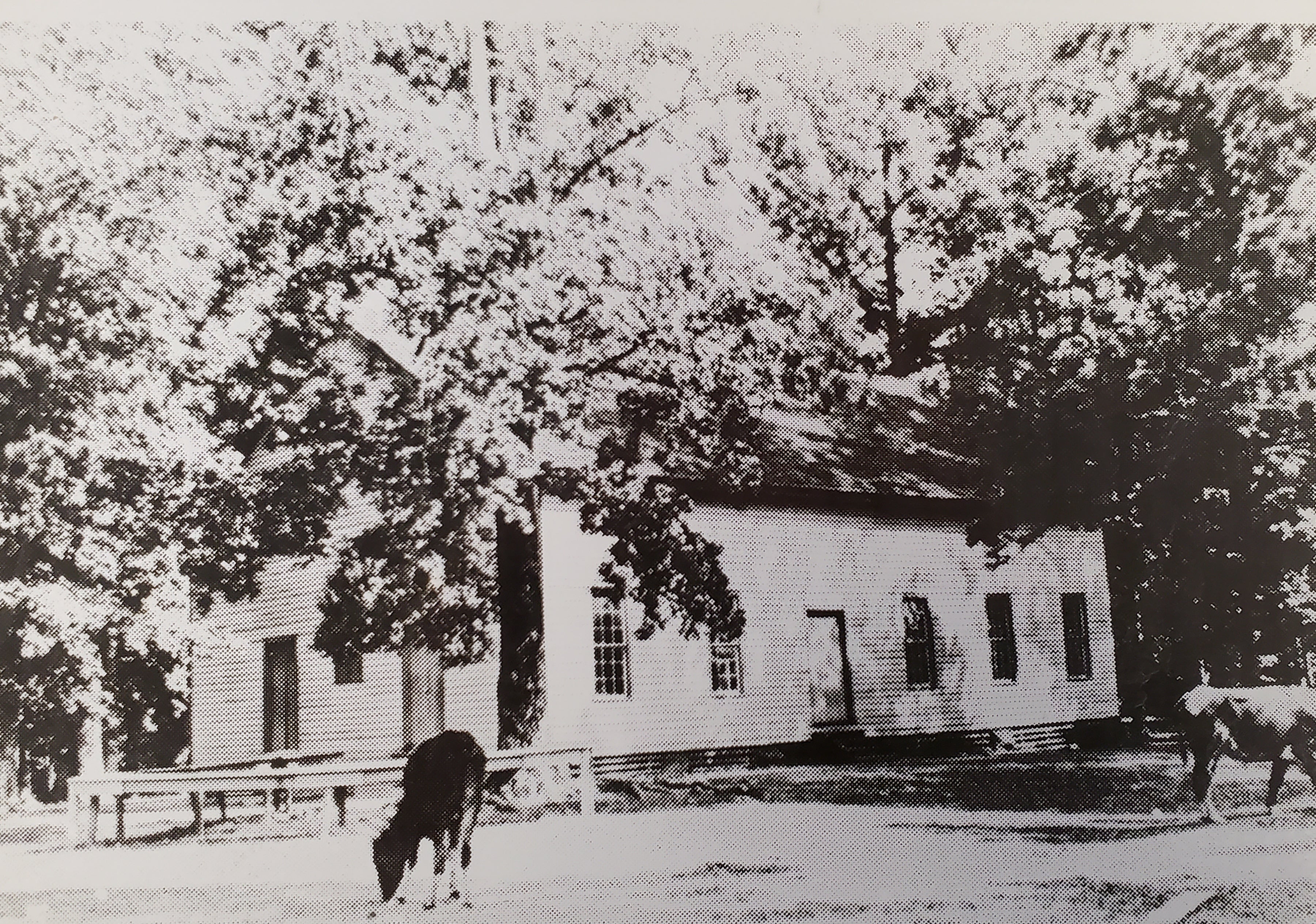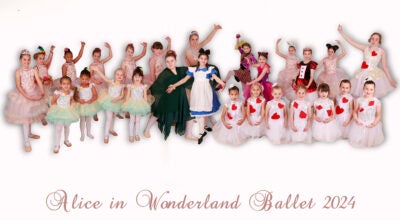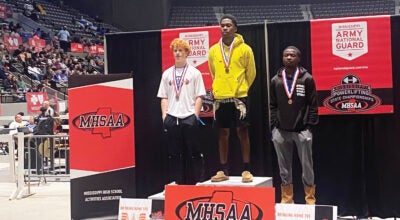Celebrating 200: Old Hebron Baptist Church marks bicentennial with Oct. 31 celebration
Published 8:00 am Saturday, October 23, 2021
In early 1821, settlers in the community of Hebron built a church and named it after the community — Hebron Baptist Church. In 1905, the church split when the village of Hebron was relocated, and the original Hebron Baptist became Old Hebron Baptist Church.
Now, 200 years later, the members of OHBC are celebrating the church’s bicentennial with a special service Sunday, Oct. 31. Guest speakers for the 10 a.m. service include Sen. Cindy Hyde-Smith, Sen. Jason Barrett, Rep. Noah Sandford, Newhebron Mayor Cindy Bryan, Rev. Randy Gardner, representatives from the Mississippi Department of Archives & History, and representatives from the Mississippi Baptist Convention’s Historical Commission.
When settlers first arrived in the area that became Hebron it was part of Lawrence County, which had been declared an official territorial county in 1814, then in December 1817, Mississippi became a state of the Union. Pioneers came into an area mostly controlled by Choctaw natives. Some of the earliest non-native settlers were Willie and Cade Weathersby, 1816; John Myers, 1817; Tom B. Slater, 1821; and Thomas Hutchens. Descendants of some of these families still attend Old Hebron Baptist Church.
“These pioneers were not afraid of the untamed country that they faced or the hard work of establishing a life from very little,” read a May 2016 Lawrence County Press article. “The late Anne Story wrote, ‘They came in search of land, of opportunities, and pursuit of the American Dream, although they didn’t know it.’”
Fourteen lay people and two ministers — elders George King and Shaderick King — were present when the church was organized. The first building was built in 1821 on a plot of land that had been donated for church use one year earlier by John Myers.
No records exist of the first pastor, but Norvell Robertson is thought to have been pastor in 1936. The first pastor listed in church records was James Powell, called in March 1840.
In 1905, when the railroad came into the area, new members and more contributions were brought into the church. But then an unforeseen event took place when the track went west of the village — the village was moved to the location of the new train depot. Merchants followed and “many members” were lost to the new location.
In June of that year, dismissal letters were granted to 13 people, most of whom became charter members of Newhebron Baptist Church. Despite this, Hebron Church — soon to be called “Old” Hebron — continued to grow.
In the fall of 1939, Southern Pine Electric brought electricity to rural areas and the church could then replace its lanterns and kerosene lamps with electric lights, and freshen the walls that had been smoked black by the use of pine knots in a wood stove during the War Between the States, when oil was in short supply.
The church plans to share additional moments from its long history as it celebrates its growth to-date and looks ahead to the future.
Members of the bicentennial committee are Diann Berry, Elizabeth Bryan, Donald Cole, Helen Little and pastor, the Rev. Micah Rutland. Anyone who has photos or stories to share of the church’s history should email buffyjean6@icloud.com or mail items to P. O. Box 124, New Hebron, MS 39140.
From the records
A few interesting moments from records of the church’s history:
• In April 1831, to members were excluded for moving away and leaving debts.
• In 1837, the church voted to observe foot washing as an ordinance at each annual meeting. The practice was done away with at the 1838 meeting.
• In July 1853, the church withdrew from the Pearl River Association because travel to annual meetings was becoming too difficult, and joined the Strong River Association instead.
• In 1855 the church was called Silver Creek Hebron Church.
• The church’s first Sunday school was organized in 1851.
• In 1856 a “new and modern church building was erected” on seven acres donated by Isom Weathersby and John Myers.
• In 1861, two members were cited for missing meetings.
• In 1861, a woman member was rumored to have had dancing at her house, but the matter was later dismissed.
• In 1868, one member accused another of dancing and fiddle playing. The accused confessed and asked the church’s forgiveness.
• A new Sabbath school was organized in 1882.
• In 1882, the church said it “will not fellowship with any church which permits her members to sign whiskey petitions for the purpose of granting a license to retail vinous and spirituous liquors but will expel all such churches as being guilty of gross and immoral conduct.’”
• That same year, Rules of Decorum were established that said members could miss no more than three meetings, no one could whisper or laugh while someone else was speaking and women were granted the “privilege of speaking in conference or voting on any subject they may feel is their wish.”







